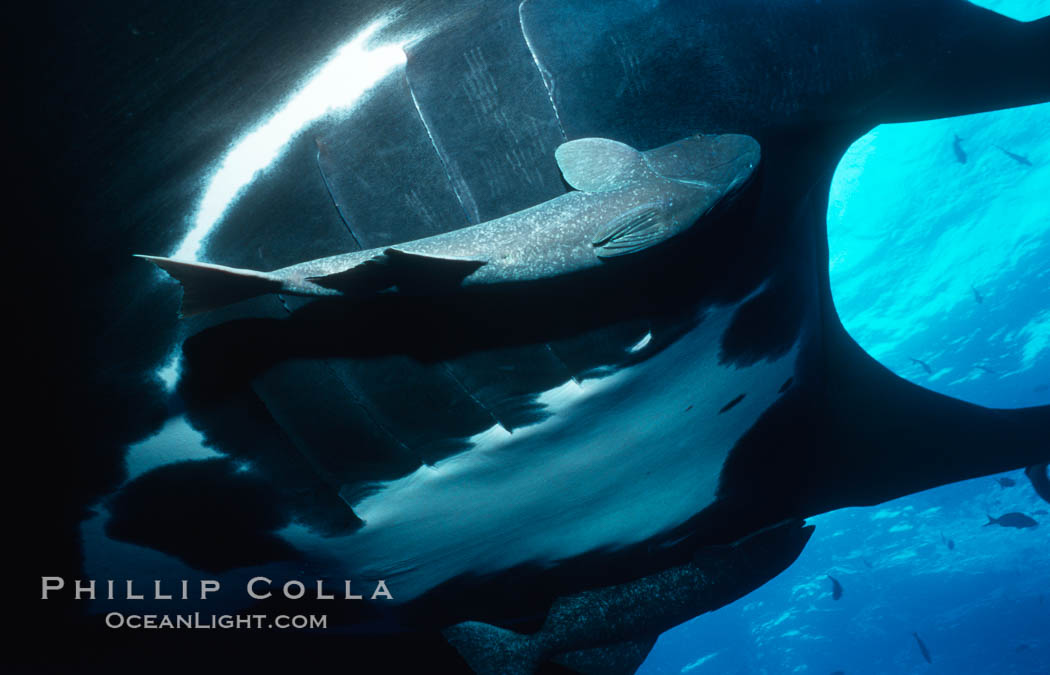
We identify mantas using the demarcation line or interface between light areas and dark areas, so sharp contrast is appreciated. We are happy to receive photos of parts of mantas, so long as enough of the markings are revealed to permit later identification. That said, any photograph that gives us visual information about an animal's markings is worthwhile. The ideal photo would be a flat manta belly, with no fish or divers or bubbles obscuring its markings. Without you, the photographers, this entire study would be only a dream. We are very grateful to each and every one of you for contributing to this project. If you use metadata from date, time, location, photographer, that's great! Metadata is retained when transferring images, however the file date shown in a computer filing system often is the transfer date. Setting your camera's internal clock to the correct local time (GMT-6 or -7 depending on the season) is very useful. It is very important to note both date and location of your photographs. Date stamping on the face of the image can obstruct identifiable markings.

A wide-angle lens permits you to be close to the manta for a clear image and to capture most of the animal's belly.

If you are shooting up at a bright sea surface, use spot metering, point at the center of the animal, and zoom in excluding as much of the sea surface as possible. High contrast between the markings and the rest of the body makes identification much easier.


 0 kommentar(er)
0 kommentar(er)
